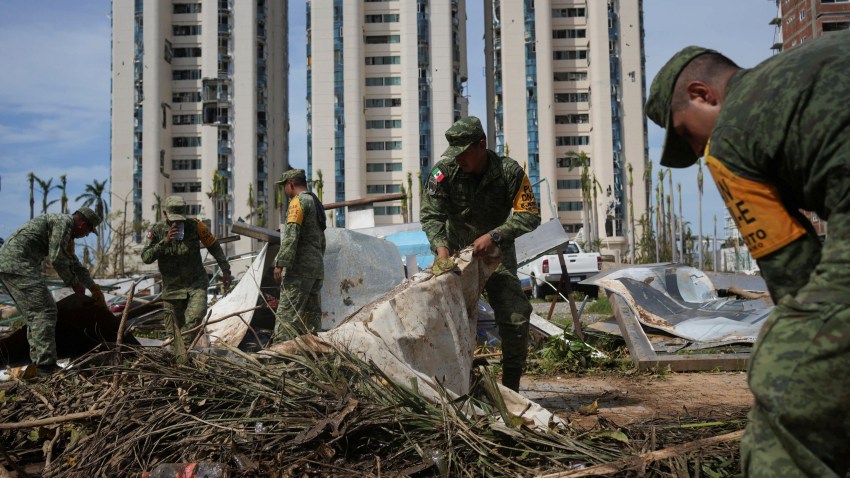Nobody can blame Mexican President Andres Manuel Lopez Obrador for how quickly Tropical Storm Otis grew into the category 5 hurricane that devastated Acapulco on Oct. 25, leaving 48 people dead. In just 13 hours, Otis went from winds of 70 mph to gusts of 165 mph, making it one of the most rapidly strengthening storms in history. One gust clocked in at 205 mph, among the strongest in recorded history. And while many hurricanes follow a relatively predictable path, providing coastal areas with advanced warning to prepare emergency responses, no forecaster predicted Otis’ correct path or intensity in the days preceding the devastation.
This left the residents of Acapulco and its surrounding areas without enough time to board up their windows or evacuate. While it’s possible the government could have issued a warning a few hours earlier than it ended up doing, that’s an easy criticism to make with 20/20 hindsight, and it’s not clear it would have made that much of a difference. More than 50,000 houses in the city were totally destroyed by the wind. People were dragged out to sea by the storm surge. Local forests were left without leaves due to the wind gusts.
But if governments can’t be blamed for natural disasters, they are responsible for the rescue and recovery efforts in the days and months afterward. And it’s here that AMLO’s words and actions in the days following Hurricane Otis’ landfall are problematic. Simply put, the president who has carefully built his image as a leader centrally involved in all government decisions has struggled to respond to this tragedy. This failure was symbolically captured by a photo of AMLO inside a military vehicle, stuck in the mud and unable to reach Acapulco, when he did try to visit the disaster zone. However, the failure goes beyond AMLO not being able to personally attend to the response. It is the logical culmination of key policies that define AMLO’s term in office.

